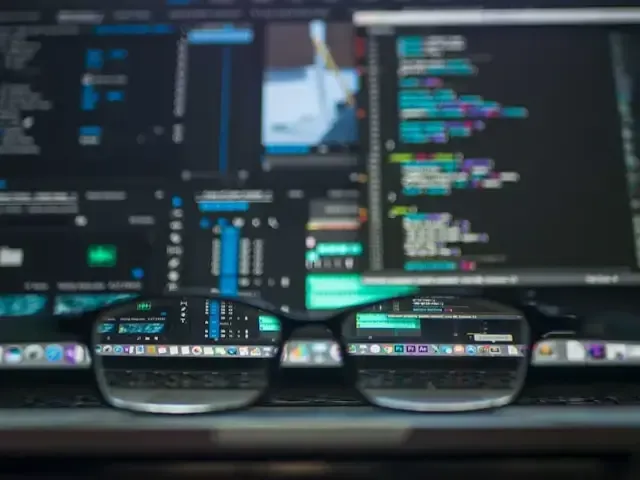The emergence of artificial intelligence (AI) has offered an unprecedented opportunity to interact with and learn from computer systems that are designed to observe, learn, and present information in a very similar manner as a human might. AI is not just transforming customer experience, it has the potential to change how we live our lives. In order to understand how these systems work and the developments in AI that are highlighted regularly in the media, it's important to know key terms related to machine learning and artificial intelligence.
Adversarial AI: Also called adversarial machine learning (AML), adversarial AI is the use and manipulation of knowledge of an AI system to fool the AI model through malicious input.
Algorithm: An algorithm is a set of rules that are to be followed by a computer system.
Artificial Intelligence (AI): AI involves the acquisition of knowledge and skill by a computer system to simulate human intelligence, reasoning, and behaviors. AI evolves as it continues to learn.
Autonomous Systems: An autonomous system is a system that is able to carry out tasks with no or little human intervention.
Chatbot: A software application that is used to conduct an online chat conversation. This is the aspect of AI that's commonly seen as a customer service popup on websites.
Cognitive Computing: Cognitive computer systems are those that learn at scale, apply purposeful reasoning, and are able to interact naturally with human participants.
Computer Vision: Computer vision is the scientific field that encompasses methods for acquiring, processing, analyzing, and understanding digital images so that computers can identify the content of photos and videos.
Data Mining: Data mining is the process of gathering data and uncovering patterns within large datasets.
Deep Learning: Deep learning uses artificial neural networks to closely replicate how the human brain learns. It is a type of machine learning that can progress with minimal input from a human.
Digital Twin: A digital twin is a replica of a living or non-living thing within a digital format. It can be made to replicate a physical thing, known as a physical twin, or replicate an abstract thing, such as a process or system.
Knowledge Graph: A knowledge graph gathers and organizes information by making connections between different data points.
Machine Learning (ML): Machine learning is the concept behind computer systems' ability to learn, identify, and use information. It improves the function of AI by using algorithms to mimic how humans learn.
Natural Language Processing (NLP): Natural language processing is the process by which an AI computer system learns to decode meaning from human language.
Neural Network: Neural networks are models inspired by the human brain that are used to make machine learning happen. A neural network is made of connected neurons that are processed in sequential layers.
Predictive Modeling: Predictive modeling is the process of using acquired knowledge and known results to create and validate a data processing model that can be used to accurately forecast future outcomes.
Prompt: A prompt is a set of instructions given to a generative AI tool.
Reinforcement Learning: This type of machine learning uses a system of desired ("good") or undesired ("bad") outcomes to aid an AI computer system in gaining knowledge through trial and error. The system's behavior changes based on the observed results as it learns what actions produce what consequences.
Robotics: Robotics is a branch of technology that includes the design, building, use, maintenance, and improvement of robots. Robotics and AI research are linked, as AI could be applied to further advance robotics technology.
Semantic Reasoner: A semantic reasoner is software that is able to apply logical reasoning to a set of data points in order to arrive at logical assertions or consequences.
Supervised Learning: Supervised learning uses two datasets to train an AI model. First, the model is given labeled data to learn from; then, it attempts to classify unlabeled data itself and is given feedback to help it improve.
Swarm Intelligence: Swarm intelligence is the collective behavior of decentralized, self-organized systems, be they natural or artificial.
Unsupervised Learning: Unsupervised learning is machine learning that relies on inferences being made from input datasets. A computer system is given unlabeled data and asked to uncover patterns and groupings to teach itself.
Additional Resources
- How Does AI Work?
- What Is AI?
- A Beginner's Guide to Understanding AI
- Machine Learning Explained
- How Do Businesses Use Artificial Intelligence?
- Video Primer: How Does Machine Learning Work?
- The Benefits and Limitations of Generative AI
- Learn More About How AI "Sees" Images
- An Introduction to AI in the Robotics Industry
- AI Helps Scientists Explain the Human Brain



